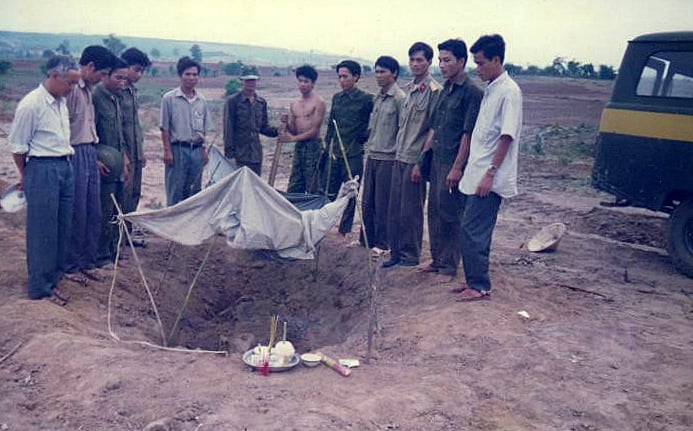
"Must bring you back to Motherland"
One historic April day, we went to the land of the Fourth War Zone Dong Trieu to meet Mr. Ngo Quang Chieu, a veteran of the 126th Naval Brigade. In a small, cozy house, the old soldier with gray hair flipped through each page of his notebook, telling us about his journey over the years to search for his comrades' remains and bring them back to their homeland. For Mr. Chieu, each letter in that yellowed notebook was like flesh and blood, a precious map that helped him search for his comrades. For the past twenty years, he has crossed forests and mountains from North to South, bringing the remains of his comrades back to their homeland. "It was a blessing for me to return after the war, while many comrades had to stay in remote mountainous areas, so no matter what, I had to try to find them and bring them back to the Motherland," Mr. Chieu said sadly.
In January 1970, Mr. Chieu joined the army and was assigned to the 126th Naval Special Brigade. In October 1970, he was transferred to Unit HB18 of the Military Region 5 Front (Quang Ngai) to carry out the task of receiving the unnumbered train. In 1972, he continued to join Unit C170 of the Military Region 4 Front ( Da Nang ) to carry out the task of attacking ships, wharves, etc. Directly participating in the battles, Mr. Chieu was a person who deeply felt the pain of war, witnessed his comrades' sacrifices, and personally buried and placed tombstones for 9 of his comrades.
Mr. Chieu confided: “During the years of peace , I always wondered whether my comrades who sacrificed their lives in the past had been found and brought back to their homeland. Due to difficult conditions, it was not until 2000, after retiring, that I had the opportunity to return to the old battlefield to determine the locations of my comrades who had sacrificed their lives. I recorded in detail the names and hometowns of my comrades in units HB18 and C170 who had sacrificed their lives in a notebook, noting which ones had or had not been brought back to their homeland.” After nearly 20 years, the journey to find comrades of veteran Ngo Quang Chieu has helped to collect the remains of 9 martyrs and bring them to rest in their hometown martyrs’ cemeteries. Although there were many difficulties and hardships, and at times the journey seemed to hit a dead end, each comrade found brought the old veteran a little more peace in his heart.
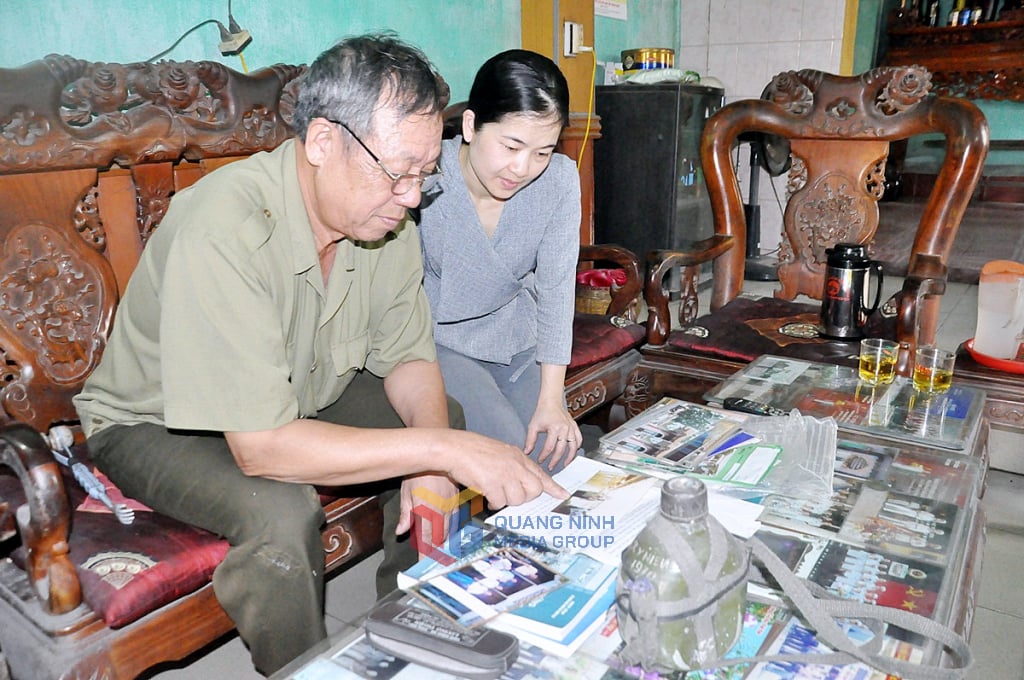
Mr. Chieu recounted: “In all the searches, the most difficult was the journey to find martyr Ngo Van Phiet, a fellow Dong Trieu native. Phiet sacrificed himself in 1974 in Binh Dinh, and I buried him right in the garden of a local. In 2000, I and a comrade from Da Nang went to Binh Dinh to look for our comrade. The garden had been leveled at that time, so it was difficult to determine the location of the grave. We went to the recorded location, borrowed hoes and shovels and dug for a week. When we found a hammock and a water commando knife, we shouted like children: “Ah! It’s here!” And the two brothers sat there crying. When Phiet’s remains were found, they were still stuck in a plastic bag. After nearly 30 years, the body had not completely decomposed, and we had to separate them to bring our comrade back to his hometown.” At this point, tears of sympathy for his comrade welled up in the old soldier’s eyes.
Coming to Uong Bi City, we heard the story of veteran Doan Van Tuan, who for nearly 20 years has been quietly traveling back and forth across old battlefields to find comrades and bring them back to his homeland. Born in 1950 in Yen Duc (Dong Trieu), at the age of 18, young man Doan Van Tuan joined the army, participated in hundreds of battles, and witnessed many comrades lying on the battlefield... In 1991, returning to normal life, with the courage of a soldier of Uncle Ho's Army, he actively strived to develop the family economy and participate in local social activities.
Deep down, he always had the urge to find his comrades. Since 2005, he has saved money, spent time and mind to return to the old battlefield to gather information and search for martyrs' remains. He also directly led the collection teams to excavate the sites, with the determination to find his comrades as long as he was healthy.
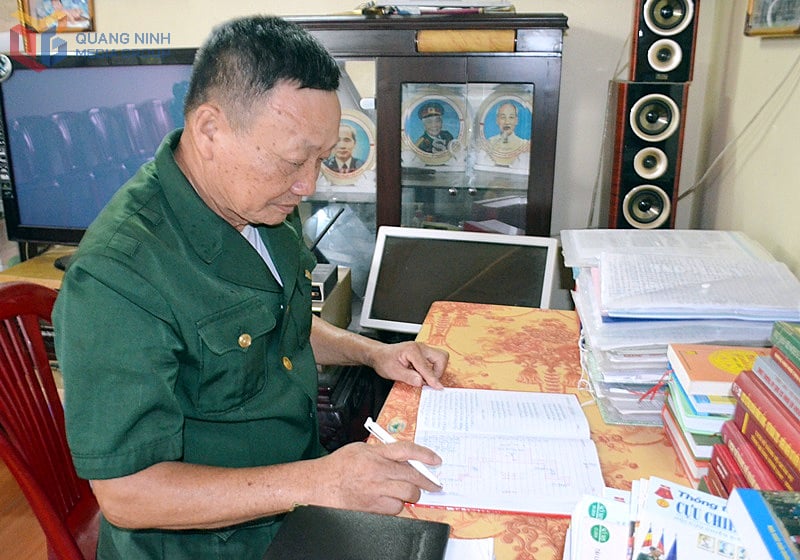
In 2010, he went to the Policy Department of Division 320 in Gia Lai province, and unified the list of 70 martyrs (original documents were lost) from Quang Ninh who died in the Central Highlands battlefield (1972-1975), and are currently at the National Martyrs' Cemetery on Route 9. He directly informed the entire list to the Liaison Committee of Division 320 in districts, towns, and cities in the province to inform the relatives and families of the martyrs. Many families of the martyrs returned to the Cemetery to bring the remains back to their homeland.
During the period 2012-2017, he went to the battlefield in lower Laos dozens of times to search for his comrades. In 2012, he went to the districts of Se Pon, Muong Phin, Dong Hen (Savannakhet province) to search for his comrades in the martyrs' cemetery of Regiments 48 and 64 (Division 320), who died in the Route 9 - Southern Laos Campaign in 1971.
Mr. Tuan said: In 2016 and 2017, I and the Martyr Remains Collection Team 584 (Quang Tri Provincial Military Command) excavated dozens of locations in Thaphalanxay District ( Savannakhet Province). After many days of searching at Dong Hen Cemetery (Laos), we only collected the remains of 10 martyrs that had been previously excavated by other teams. But for some reason, I still had a hunch that there were still martyrs' graves in this area. I asked the Collection Team to expand the excavation. After 30 minutes of digging, the Team discovered another intact set of martyrs' remains. I continued to observe and examine other surrounding features, such as large green tree canopies, high and thick grass, etc., and I was determined to expand the search area. The joy came when after 1 day, we dug up 6 more intact sets of remains wrapped in hammocks. After nearly 50 years of "sleeping on the ground and in the dew" in a foreign land, my comrades were finally able to return to the Motherland.
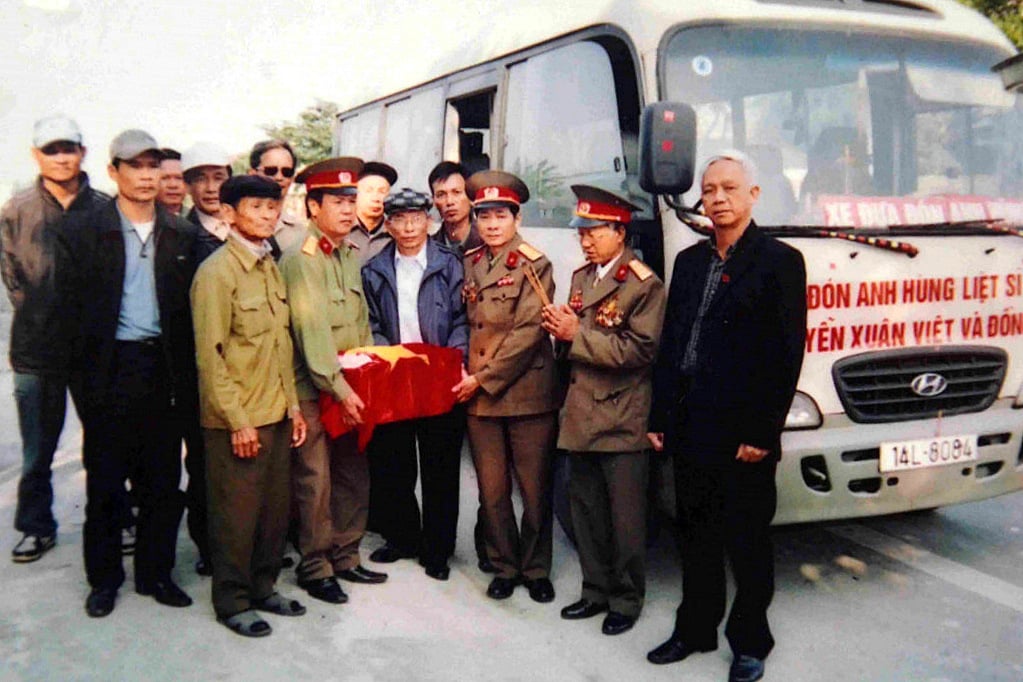
After that, he went to several localities in Laos two more times to look for his comrades. He also went to Quang Tri province many times to meet and work with the policy agency, the team collecting martyrs' remains, and the National Cemetery of Route 9 to compare the data on the list of martyrs in his unit; many of whom he informed their relatives to bring back to their homeland.
The journey never stops
The journey to trace and search for the remains of the sons of Quang Ninh who fell for the peace, independence and freedom of the Fatherland, to reunite them with their families and homeland, has never stopped. Over the years, all levels, sectors, units, localities, from war veterans to the people have joined in the effort to bring the soldiers back. They have gone through deep forests, steep mountains, searching for clues from witness accounts, old records to find the final resting place of those who sacrificed.
The work of searching for and collecting martyrs' remains is carried out persistently, persistently, and systematically with the motto "As long as there is information about martyrs and martyrs' graves, we will continue to search and collect them". All share the same heart and belief: No matter how much time passes, no matter how old the battlefields have become cities, forests, mountains, or fields, we cannot let the soldiers lie there without anyone knowing.
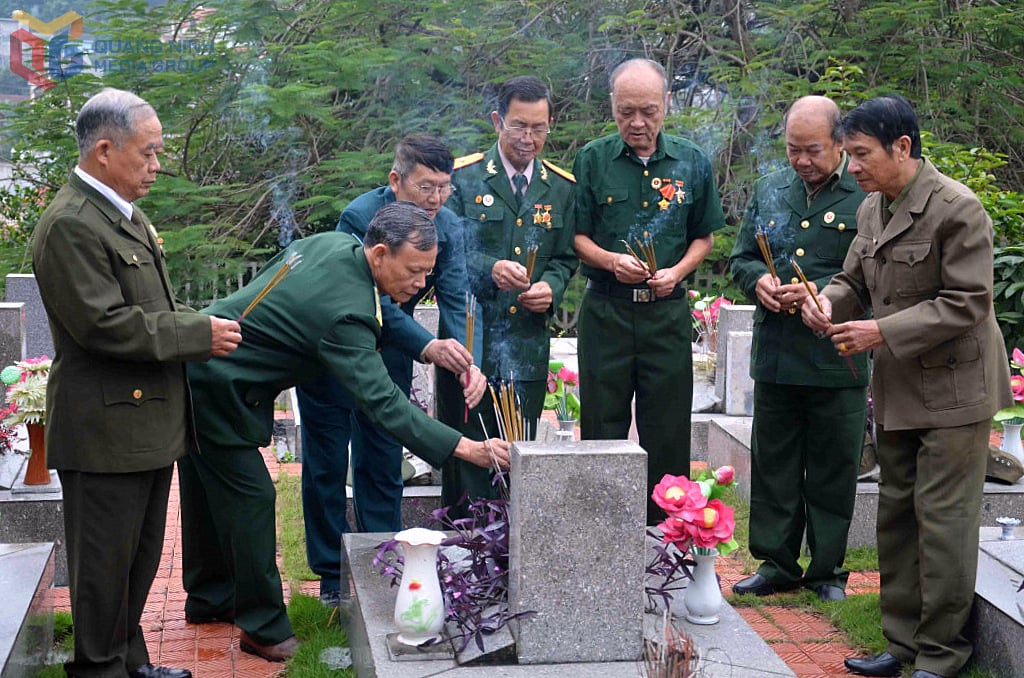
On that humane journey, besides family, comrades, and people, there is also the responsible participation of the entire political system, with strong support from specialized agencies, especially the Provincial Military Command and the armed forces units in the province. They are the silent, diligent people in every field trip, survey, and file extraction. Whenever there is information about the location of possible remains, they put on their backpacks, bring shovels, metal detectors, cross forests, and streams to the place. There are points more than 1,000m above sea level, they have to walk all day to get there. Sometimes they dig 2-3m deep, find nothing, fill it up, and continue. But they have never been discouraged. Because they believe that behind that layer of soil, there are the blood and bones of their fathers and brothers, those who sacrificed to protect every inch of the sacred land of the Fatherland.
From 2012 to present, the province's functional forces have received and processed more than 300 sources of information provided by the people and war veterans; received, reviewed and completed the list of nearly 3,000 pieces of information about martyrs, soldiers who sacrificed, passed away, and went missing provided by 38 agencies and units inside and outside the military; corrected and modified information on more than 100 martyrs' tombstones; provided information to military units to match information on the files of nearly 300 martyrs; provided information related to more than 550 martyrs at the request of martyrs' relatives; looked up and decoded nearly 300 files to serve the search for martyrs' remains...
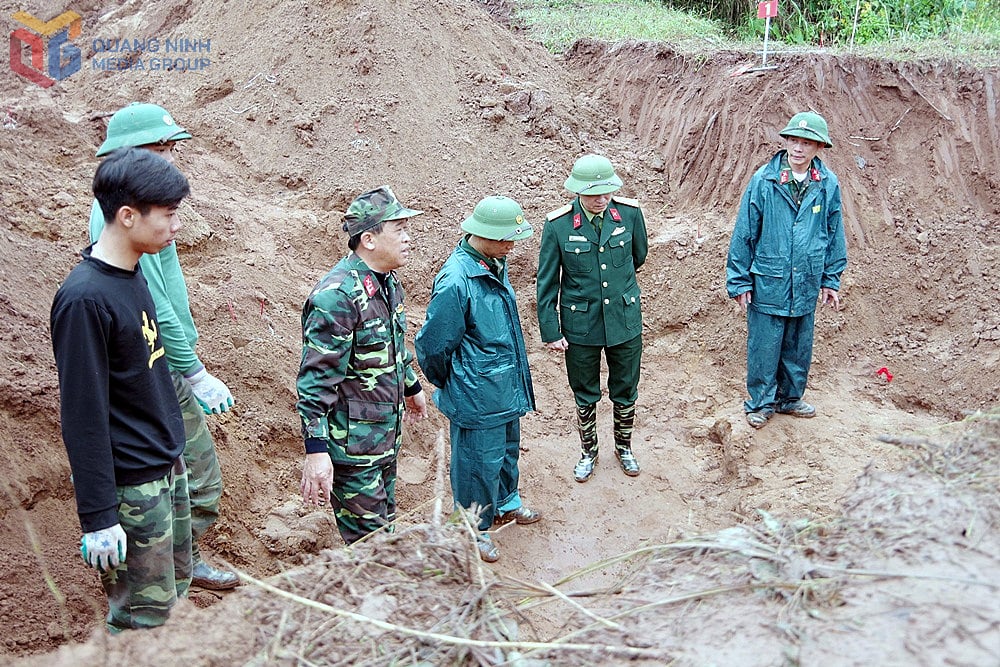
In 2024 alone, implementing Project 515 "Searching for, collecting martyrs' remains and identifying the remains of martyrs with missing information until 2030 and the following years", the work of searching for and collecting martyrs' remains continued to achieve many results. According to the report of the Provincial Steering Committee 515, from many sources of information from people, war veterans, and archived records have been carefully reviewed and compared. Localities in the whole province, departments and functional agencies have actively surveyed, collected evidence, and coordinated with specialized units to collect remains. The whole province has completed decoding symbols, codes, and locations of martyrs' sacrifices and issued certificates of information about the place where martyrs sacrificed for 16 cases; instructed relatives of martyrs to contact the old unit to issue certificates of the place where martyrs sacrificed for 4 cases; reviewed information of 3 martyrs gathered for burial in the province; Checking, verifying, and supplementing information for 19 martyrs' records; extracting information of 14 martyrs for relatives; receiving and answering 5 cases of inquiries about martyrs' information; a series of other martyrs' graves were verified and information standardized at martyrs' cemeteries in the province.
The work of searching, collecting martyrs' remains and identifying martyrs' remains has created favorable conditions, advice and support for martyrs' families to search and move martyrs' remains in the province in accordance with State regulations. Thereby, it partly meets the wishes of martyrs' families, contributes to implementing and solving the military rear policy, and shows gratitude for the great sacrifices and contributions of martyrs and martyrs' relatives to the cause of building and defending the Fatherland.
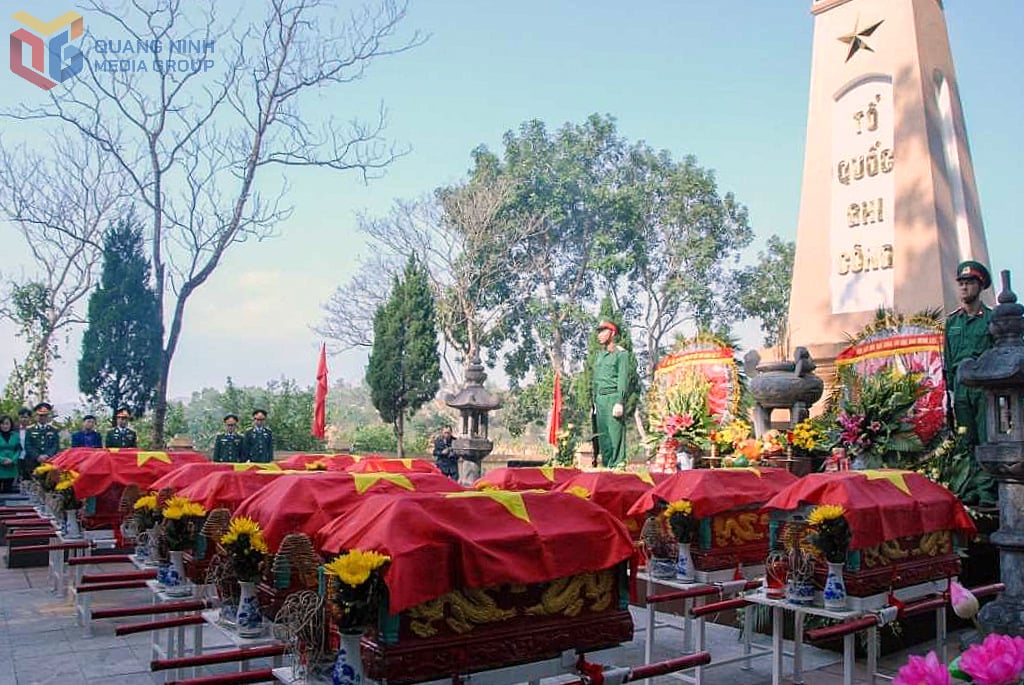
The State, the army and local authorities continue to promote this work, mobilizing the participation of the whole society. Programs such as "Finding comrades" and "Information about martyrs" on the media have helped hundreds of families find their loved ones after many years of separation. Modern technology is applied to the search process. The use of war maps, DNA data, and coordination with war veterans have brought many positive results. With tireless efforts, the soldiers of the past are gradually being brought back to the Motherland. They are no longer alone on the old battlefield, but have returned to the arms of comrades and relatives.
Searching for and gathering martyrs’ remains is a difficult journey, but it is also a journey of gratitude, of the morality of “When drinking water, remember its source”. Each remains found, each martyr returned to his homeland, is a time for the country to repay a debt of gratitude. No matter how many years pass, this gratitude will continue, because it is not only a responsibility, but also a sacred duty of the entire Vietnamese nation.
Source: https://baoquangninh.vn/hanh-trinh-tri-an-chua-bao-gio-dung-lai-3352382.html



![[Photo] Prime Minister Pham Minh Chinh receives a bipartisan delegation of US House of Representatives](https://vphoto.vietnam.vn/thumb/1200x675/vietnam/resource/IMAGE/2025/5/28/468e61546b664d3f98dc75f6a3c2c880)

![[Photo] 12th grade students say goodbye at the closing ceremony, preparing to embark on a new journey](https://vphoto.vietnam.vn/thumb/1200x675/vietnam/resource/IMAGE/2025/5/28/42ac3d300d214e7b8db4a03feeed3f6a)
![[Photo] General Secretary To Lam works with the Central Policy and Strategy Committee](https://vphoto.vietnam.vn/thumb/1200x675/vietnam/resource/IMAGE/2025/5/28/7b31a656d8a148d4b7e7ca66463a6894)
![[Photo] Vietnamese and Hungarian leaders attend the opening of the exhibition by photographer Bozoky Dezso](https://vphoto.vietnam.vn/thumb/1200x675/vietnam/resource/IMAGE/2025/5/28/b478be84f13042aebc74e077c4756e4b)
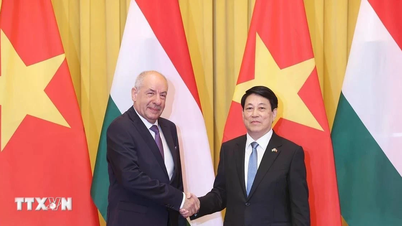

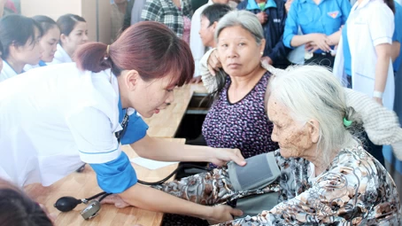

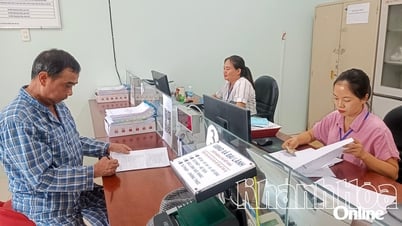

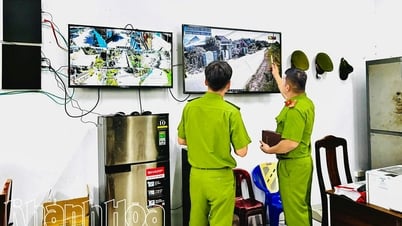
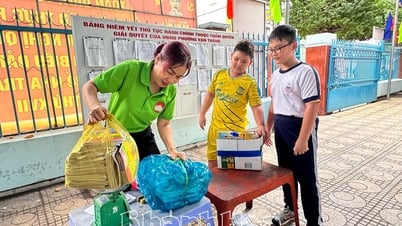
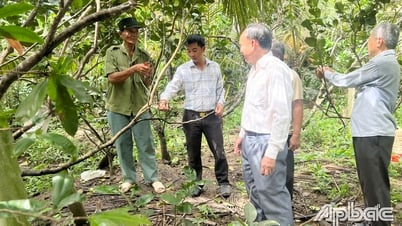





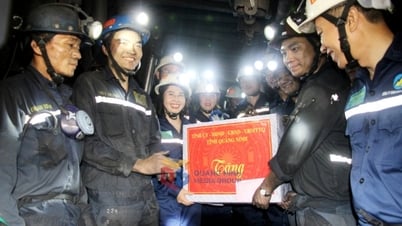

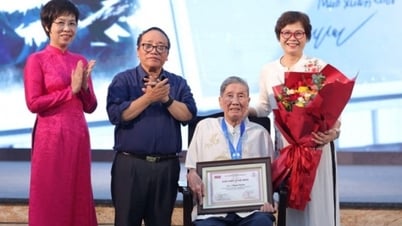

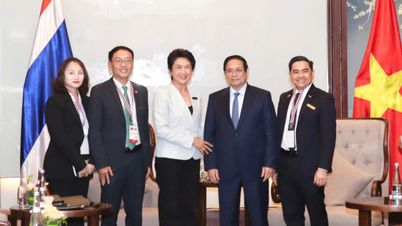


















































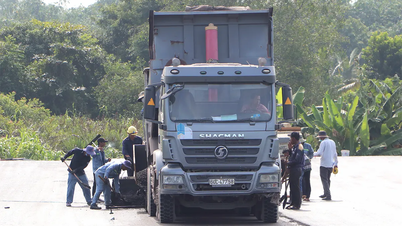
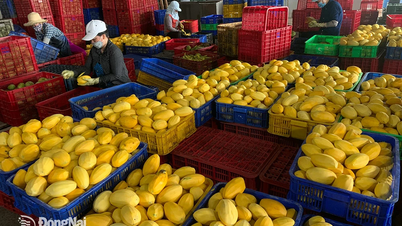
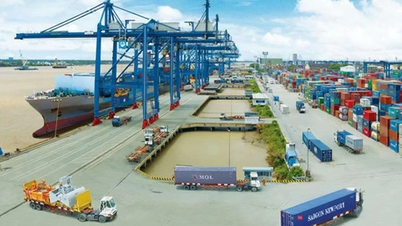









Comment (0)